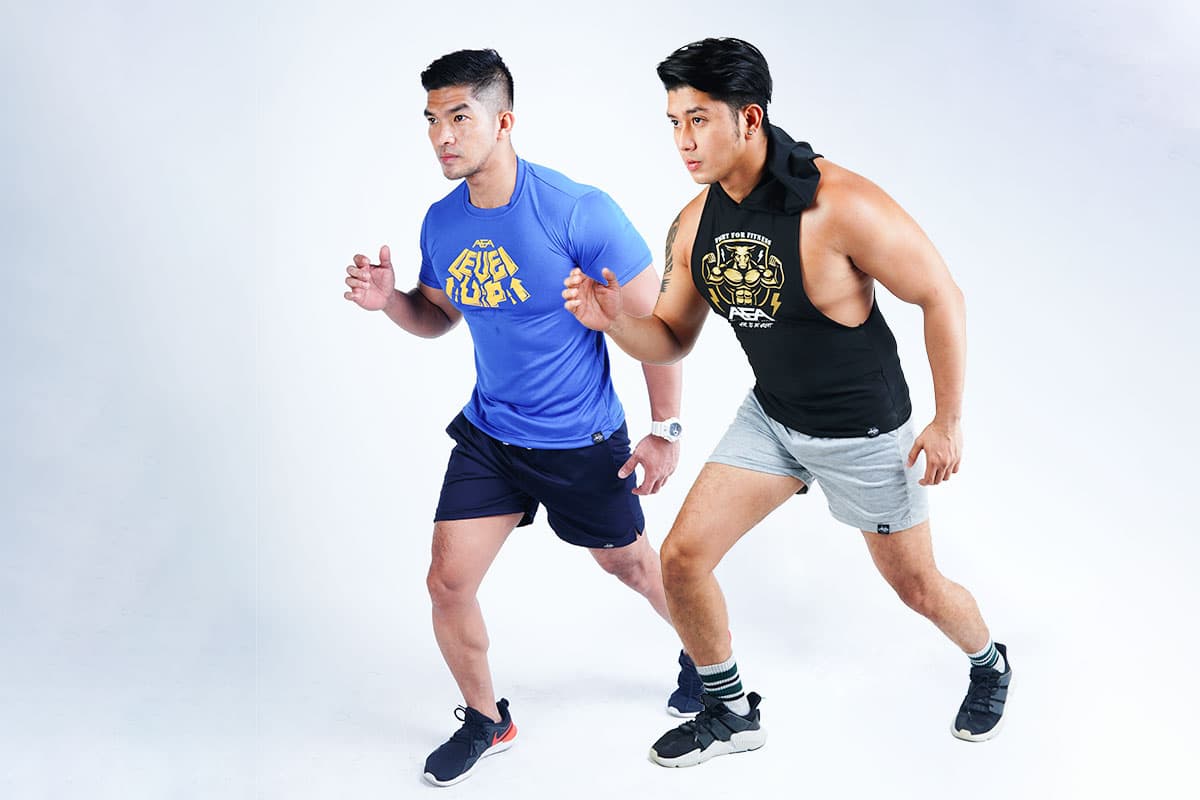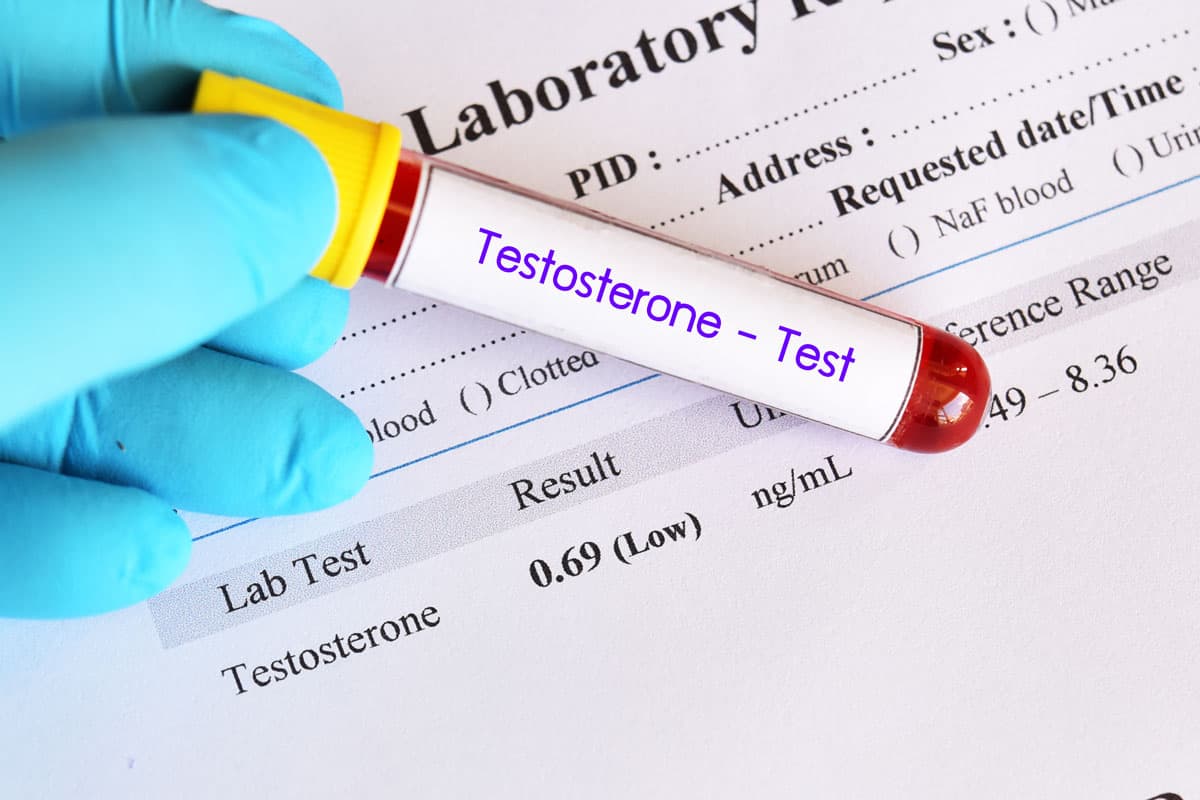Physical activity is a key component of any weight management program. Aerobic activities are one of the most effective ways to burn calories and increase energy expenditure, which can lead to weight loss.
This article provides basic information about the different types of cardio and their benefits. The article also discusses the best type of aerobic exercise for long-term weight loss.
To understand how weight loss really works and how attainable it is. Most essential point is to have a caloric deficit which can be done by tracking your diet, especially your calorie intake, doing a cardiovascular exercise program to burn fat and calories, and resistance training to achieve your ideal body form.
The study found that aerobic exercise is better for long-term weight loss because it helps to reduce the risk of heart disease and visceral fat. However, high strenuous exercise can also increase your appetite leading to weight gain. This may cause confusion about the role of exercise in weight loss and whether it can help.

What is an Aerobic Exercise?
Aerobic exercise is a type of physical exercise that increases the flow of oxygen to the muscles. It can be done in various ways such as running, cycling, and walking. Usually considered as slow to medium-paced activities that require your body to increase blood flow, breathe faster, and increase your heart rate. It’s a level of activity that you can maintain for an extended period of time.

What is an Anaerobic Exercise?
An anaerobic exercise is a form of exercise that doesn't rely on the oxygen in the body. Instead, it relies on glycogen in the muscles to create energy. Anaerobic exercises are typically high-intensity exercises, such as sprinting, weightlifting, strength training, or any HIIT(High-intensity Interval Training). This type of exercise is usually done in a short period of time and it can be very intense.

Which is better for losing fat, aerobic or anaerobic?
To lose weight, you should do both aerobic and anaerobic exercise. But if your primary concern is shedding fat or specifically you want to reduce belly fat, aerobic exercise works better. But to be specific which aerobic exercise do the bodybuilders use for cutting fat?
This aerobic exercise explained below sparks interest as it is easy to do and convenient for all ages. This can be done in your neighborhood or nearby places far enough for you to make a lot of steps. You will see a lot of bodybuilders use this exercise in their cutting phase as it's the best form of cardio for maintaining muscle and burning fat.

Walking As The Best Aerobic Exercise for Weight Loss
Walking might appear too easy and too light for others. People who might think that their goals would be slower with this should think twice. Here are the given reasons why you should consider walking:
Walking enhances your fat loss process.
Given the fact that you properly track your calorie intake and do this along with good weight training, this should burn your fat effectively. Many cardio sessions burn even the muscles which are essential for your body to achieve its ideal form in the process.
Walking is less intense, therefore it is easy and your body will rely on fat as a source of energy, so it is the one being burned while walking, unlike other cardio which is more intense and makes you lose more than what is needed, eventually.
Walking works for a long-term commitment
Since it is part of our daily lives, it is great for the long term, as well, for being included in your fitness program as it is being done naturally whenever you need to move.
Aside from walking outside with music in your ears or with your dog accompanying you, home activities that require you to move from one corner to the other already count as walking like going to the kitchen to cook, cleaning in the garage, sweeping, and mopping the floor and the like. Hence, it is easy to maintain every day.
You can easily recover from walking
It is pretty evident with how less intense walking is. Your muscles might not push to the limit, yet in return, your muscles can still do more activities in the day, and healing is barely needed. Your muscles will feel tired, too, and you will gasp for air in a minute.
After that, you can move freely again with little to no muscle pain and injuries. Recovery is minimal with walking. It is also suitable for other people who are not capable of doing high-intensity training due to health conditions and other body problems which are common for most of the elderly.
In this case, instructors suggest for them to do brisk walking, instead, and when the body adapts better, they can level up to incline walking. Walking is definitely doable for all ages.
Read: 10 Proven Effective Ways to Speed Up Your Muscle Recovery
Walking helps with muscle gain
The challenge with doing cardio activities is how to stay strong and be able to retain the muscles you need to get the shape you aim for. The reality is it works in an opposite manner. The more cardio activities that you do, the harder it is to keep the strength and muscles.
Take HIIT (High-Intensity Interval Training) for example. It is a great way of pushing your muscle strength over the edge in a short duration session. However, you are more prone to injuries with this approach and you tend to do less in a day as you feel more exhausted and your body’s hunger for rest and food is alarmingly greater this time.
This makes it challenging to maintain as it pushes you way further than what you can manage. It is not to say that your strength is limited and will not grow. It should rather be put into an idea in which you test the manageable ones, first, then once your body already feels comfortable with it, that’s the time you exert more effort for a notch higher of difficulty to what you normally do.
With this, brisk walking earns a point. You can start right now to do this and easy to maintain, track and manage whether it is time for you to level it up. You can also keep the muscles you are gaining from weight training along with it as it only uses less effort compared to other cardio.
Another unnoticeable detail about this is the movement you do while you walk from head to toe. Movements that you see are little in fact add up to your muscle gain little by little.
Maintaining calorie deficit is easier with walking
With brisk walking, you feel less hungry as it requires minimal effort and is low intensity. While for other cardio activities honestly, these trigger your hunger, even more, thus making it difficult to maintain the ideal diet that you need.
Cardio often caused an increase in appetite or the desire of treating yourself with foods you like. Unlike walking, you just feel tired for a while, then you can feel good to be active again afterward without hearing your hungry tummy.
Walking is less stressful and fun
Walking is perfect to have solitude in an enjoyable manner. Aside from it being less exhausting compared to other cardio activities, you can bring your pet with you along the way, play your favorite playlist, think deeply about your life on the road and have self-reflection, come up with ideas for your project in a snap while you are out of nowhere, feeling the natural air and finding a right spot to look at a scenic view near your place, suddenly come up with a song while playing a melody in your head, and so much more to think of while walking.
This enhances not just your body’s progress on weight loss, but your thought processing, as well. It is like you are hitting two birds in a stone with brisk walking. It is enjoyable as you feel happier doing this with your stress level on the pain at its bare minimum as you will feel less of it with this activity.
Let us not also deny the fact that people would easily stick with walking as it is easy to maintain. You just have to perform footsteps and you are already doing great!

How to Effectively Perform Walking as Part of Your Fitness Goal
Now, we know how walking helps you better with your body target, let us take note of points to remember with walking as inclusion in your fitness plan. To see progress and to figure out in yourself how effective it will be on your body, these are the things you should do with your walking routine.
Do this along with your calorie intake tracking
For sure, this idea is repetitive among the advertisements and other tips, and it serves the purpose why it is significant. All of those efforts of getting physical even about brisk walking that was tackled will not show the best result on your body if you keep on eating unhealthy foods.
You are not able to get the result you desire unless you have discipline on your calorie intake. There’s no need for you to starve yourself. Just know when you are eating the right amount and when it is too much.
Walking in combination with weight training
This is unlikely for most women, when in fact, it gives surprisingly better results compared to just exhausting yourself to more cardio, weight training focuses on your muscle capacity and improving its form, thus making you appear to a shape you’re longing to achieve in the first place.
Low intense cardio like walking keeps the strength and muscle you need for weight training which both help you reach your end body goal. Also, you can have your personalized way of doing your weight training and there’s no need for it to be daily like walking. Your preferences still matter. Go with something you can manage.
How much walking should you do?
Walk ideally from 30-60 minutes per day and 5 times a week. This is a perfect start for you. Also, 30 minutes of walking is just a little of your time. In addition to this, 200 calories are getting burned with 30-minute brisk walking. This might sound little, but when performed with calorie deficit and weight training, you will arrive at your desirable result. Progress is what matters here.

Level up to incline walking
Once your body has already adapted to this routine, it is time for you to step up your game quite well. Go somewhere quiet steep like going up the stairs of a building or going uphill and engaging in walking on these places, or what is also known as incline walking.
Incline walking increases the amount of work, raising the heart rate and minimizing injuries by the impact of running. Walking on an incline increases leg muscle activation, stimulating the muscles of the calves, hamstrings, and glutes.
You can also increase your walking duration goal from 30 minutes to 60 minutes, or more than 90 minutes. Doing this can easily double your calories burned while reducing the time. For example, going upstairs for 30 minutes is equivalent to walking for 1 hour.
Little by little, as long as you progress, it will eventually deliver what you want to achieve firsthand. You can also consider going greater speed than what you used to before, like from 3-5mph, you can increase it to 7 miles. It is up to you what you prefer.
To sum things up, doing any type of regular aerobic exercise is a really great choice for fat loss. What you need to ask yourself is your specific end goal with all of this, so you can get to choose the perfect routine which is suitable for your plan.
Walking is recommended for you to consider given its benefits and how manageable it is. Let us also include the fact that it is suggested by most fitness coaches, too. As minimal as it might sound, what you call “minimal” will give you the result you wanted eventually.







Hi Team,
i am Ajay from Delhi India...